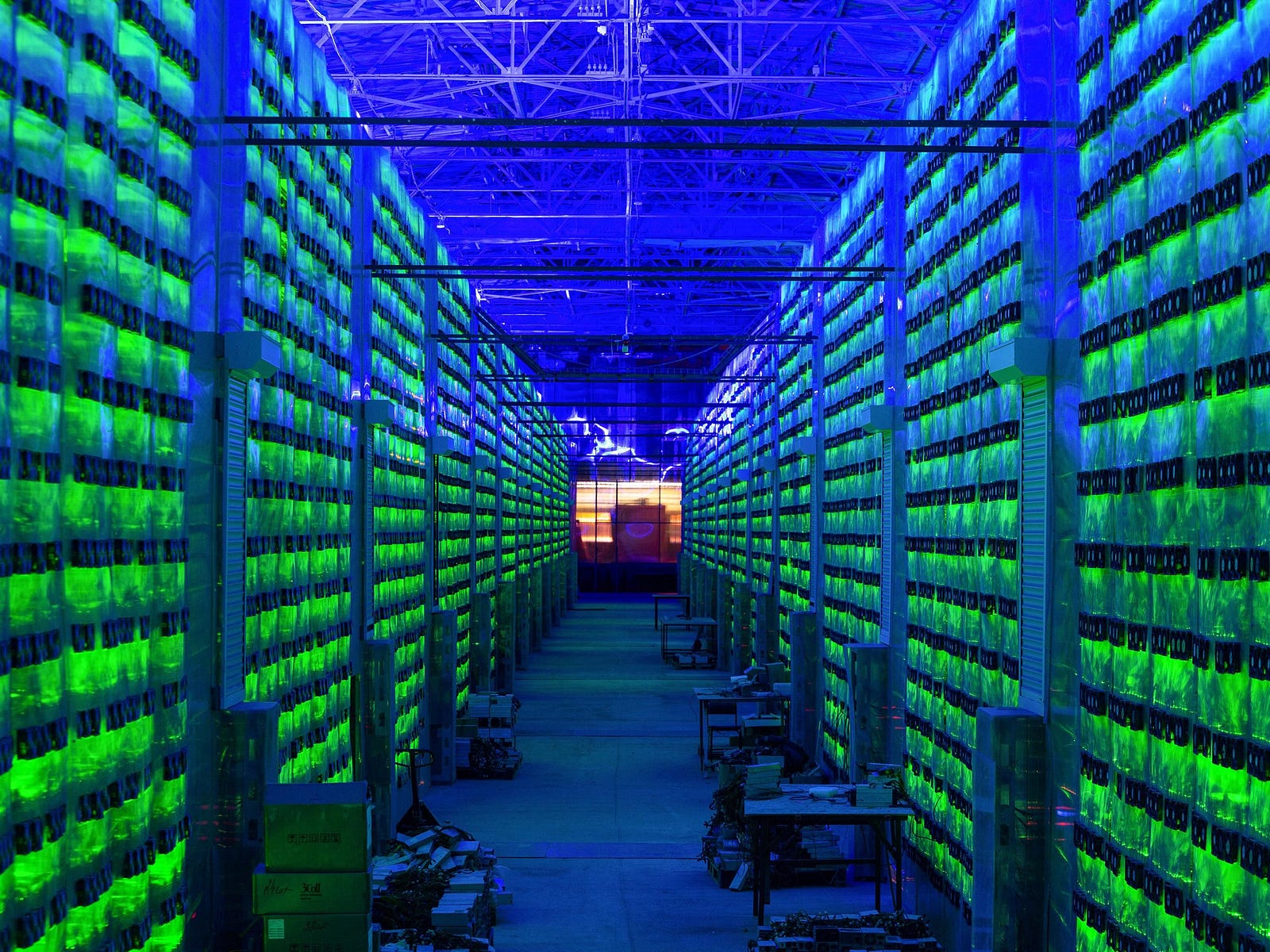Cryptocurrency mining has become a lucrative industry, with Bitcoin reaching all-time highs. However, the environmental and social costs of this process are often overlooked. This article will explore these hidden costs and their impact on the world.
Environmental Costs of Mining
Energy Consumption
The energy consumption associated with cryptocurrency mining has received much attention recently. The Cambridge Bitcoin Electricity Consumption Index claims that the energy used by Bitcoin mining alone is more significant than that used by nations like Argentina and the Netherlands. This enormous energy demand impacts climate change and greenhouse gas emissions.
E-Waste
The e-waste produced by mining machinery is one of the unadvertised environmental consequences of mining. Moreover, hardware for mining is frequently abandoned when it gets outdated, which adds to the rising e-waste problem. If incorrectly disposed of, this e-waste includes dangerous elements that might endanger human health and the environment.
Habitat Destruction
Mining often requires the destruction of ecosystems to access minerals and metals needed for mining equipment. Threats to sensitive ecosystems and the loss of species might arise from this.
Social Costs of Mining
Community Displacement
Mining operations may have a significant influence on the local community. In some cases, mining can lead to the displacement of communities, as their land is needed for mining activities. In the afflicted areas, this may cause social unrest and economic instability.
Labour Exploitation
Mining can also lead to labour exploitation, as workers in the industry may be subjected to long hours, poor working conditions, and low pay. In some cases, mining may also contribute to human rights abuses, as mining operations may be located in areas with weak governance and poor human rights protections.
Economic Costs of Mining
Cost of Electricity
The high cost of electricity needed for mining can be a barrier for many, especially in regions with high electricity costs. In addition, the cost of mining hardware can also be prohibitive for smaller-scale operations.
The Volatility of Cryptocurrency Prices
As the value of cryptocurrencies fluctuates, the profitability of mining can also change dramatically. This can lead to uncertainty for those who have invested in mining equipment, making it challenging to plan for the future.
Legal and Regulatory Costs of Mining
Legal and Regulatory Environment
Cryptocurrency mining is often subject to a patchwork of regulations, varying significantly from country to country. This can make it difficult for miners to navigate the legal landscape and can lead to legal challenges.
Taxation
Some countries have introduced taxes on cryptocurrency mining, which can reduce profits for miners.
Regulations on Electricity Use
Regulations around using electricity for mining can also impact the cost of mining. For example, some regions in China have introduced restrictions on electricity use for mining.
Mitigating the Costs of Mining
There are several ways to mitigate the costs of mining. Encouragement of the use of renewable energy for mining is one strategy. Another is to encourage the disposal of e-waste generated by mining equipment addition, and companies can work with local communities to ensure that mining activities do not lead to community displacement or labour exploitation. Last but not least, legislators can establish a unified legal and regulatory framework for Bitcoin mining.
The Future of Cryptocurrency Mining
The future of mining is questionable as the Bitcoin market develops further. Some experts believe mining will become more decentralised, with smaller-scale operations becoming more common. Others believe mining will become more centralised as more giant corporations enter the space.
Decentralised Mining
Decentralised mining involves mining cryptocurrencies using smaller-scale operations, often in homes or small businesses. This approach is seen as more environmentally friendly, as it relies on renewable energy sources and is less reliant on large mining operations.
Centralised Mining
Centralised mining refers to mining cryptocurrencies using large-scale operations, often run by corporations. This approach is more efficient, allowing for economies of scale and lowering mining costs.
Hybrid Models
Some experts predict that the future of mining will involve a hybrid approach, with both centralized and decentralized mining coexisting. This approach could allow for both systems' benefits while mitigating some of the downsides of each. For more information, visit Ethereum Code.
Innovations in Cryptocurrency Mining
In recent years, several innovations in cryptocurrency mining have aimed to reduce the costs and environmental impact. Some of these innovations include:
Proof of Stake
The consensus algorithm most cryptocurrencies use, Proof of Work can be substituted with Proof of Stake. Instead of relying on energy-intensive mining, Proof of Stake allows for staking, in which users hold a certain amount of cryptocurrency as collateral and are rewarded for verifying transactions on the network. This method is less expensive and more ecologically friendly than conventional mining.
Cloud Mining
Users can lease mining machinery and processing capacity from distant data centres via cloud mining. This approach eliminates the need for users to purchase and maintain their mining equipment, reducing the cost and environmental impact of mining.
Green Mining
Green mining is the practice of conducting mining operations using renewable energy. For instance, several mining companies use hydroelectric, solar, and wind energy to reduce their carbon footprint.
Conclusion
While cryptocurrency has the potential to generate significant profits, it is essential to consider the hidden costs associated with this process. The environmental, social, economic, legal and regulatory costs of mining can impact the world. Therefore, it is crucial to consider these expenses and reduce them as the Bitcoin business expands.



